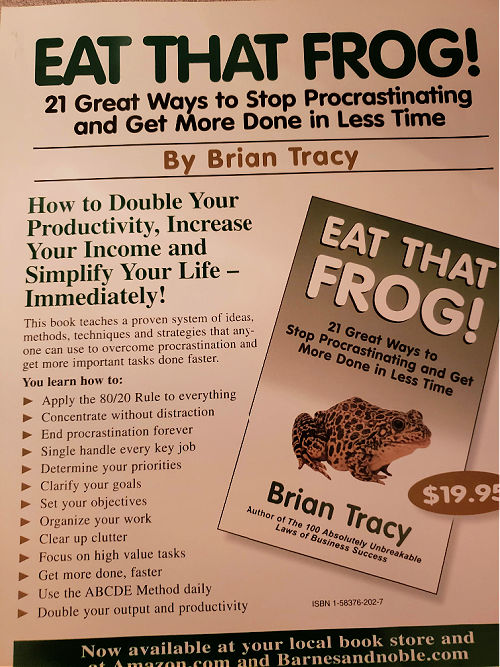Every industry has its share of jargon and the book industry is no different. Many authors know about one-sheets, but not all. And just like everything else, one-sheets have evolved over time, so we’re going to take a look at what makes a good one today. But first a quick recap:
For the past several weeks, we’ve been discussing a variety of pieces that can be created for your book’s media kit, including book press releases, bios, interview topics, interview questions, and talking points. You can read more about each of them here.
One-sheets are just what they sound like. One document or piece of paper with lots of pertinent information about your book that can be used for a variety of people and purposes, including:
- Event planners
- Keynotes and other speaking gigs
- Virtual speaking
- Affiliate partnerships
- Booksellers
- Librarians
- Distributors
- Wholesalers
- Conferences
- Media
- Even customers
One-sheets focus on one book at a time, so if you have multiple titles, each book should have its own one-sheet. However, you could have real estate at the top that shows all of your book covers if you have a series or multiple titles. The rest of the content should focus on only one book though. Otherwise, you’re trying to cram too much onto one document. More about the need to be succinct here.
What are one-sheets most commonly used for?
A one-sheet is mostly used as a sales, event, and speaking tool. When it comes to publicity, a one-sheet might serve as a summary sheet once you’ve booked an interview, but the real star for capturing interviews is the pitch you use. In other words, you wouldn’t pitch a show using a one-sheet. You could send it once you’ve booked the show. (But, of course, there are exceptions. If you’re at a conference–one day we will be again–and you’re speaking to the producer or host of a show and all you have is your one-sheet, then, by all means, use it!)
How do you create a one-sheet?
People will skim your one-sheet, so it should be designed for a user-friendly, quick read. Make it easy for readers to find what they consider important. You also want to make it attractive and easy-on-the-eye, i.e., include color, pictures, bullet points, numbers — anything that pulls the eye in. Also, you want the most important pieces to be seen first.
Here are the elements often included on a one-sheet:
-
- Book synopsis
- Photos
- Interview questions
- Talking points
- Speaking titles/topics
- Bio
- Testimonials
- Ordering information or publishing stats
- Contact information including social media links
- Platform numbers. Not essential but if you have good numbers, include them
What about graphics?
Graphics are important and you want everyone to see your book’s cover. Also, include your headshot because people want to see what you look like! If your book is about some kind of activity, you might want to include some action shots as well if there’s room.
Bottom line:
Through your one-sheet and all your materials, you want to point out how you are special and unique. Don’t be vague about your book or your place in your category. Help others to see why you and the book are special so that the reader not only wants to know more, but he or she wants to share it with others.
To your success!
Joanne
P.S. A few years ago, I did a ton of short videos on various book publicity and marketing topics but only released a few of them; most never saw the light of day simply because I forgot about how many I had…so now I’m dusting off some of them just for fun like this one on positioning yourself as an expert.
#Onesheet
#Bookpublicity
#Bookmarketing

